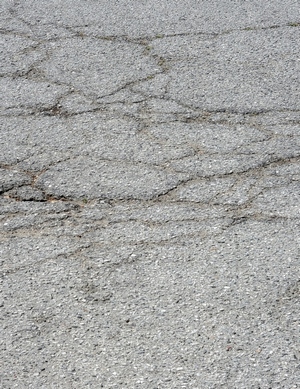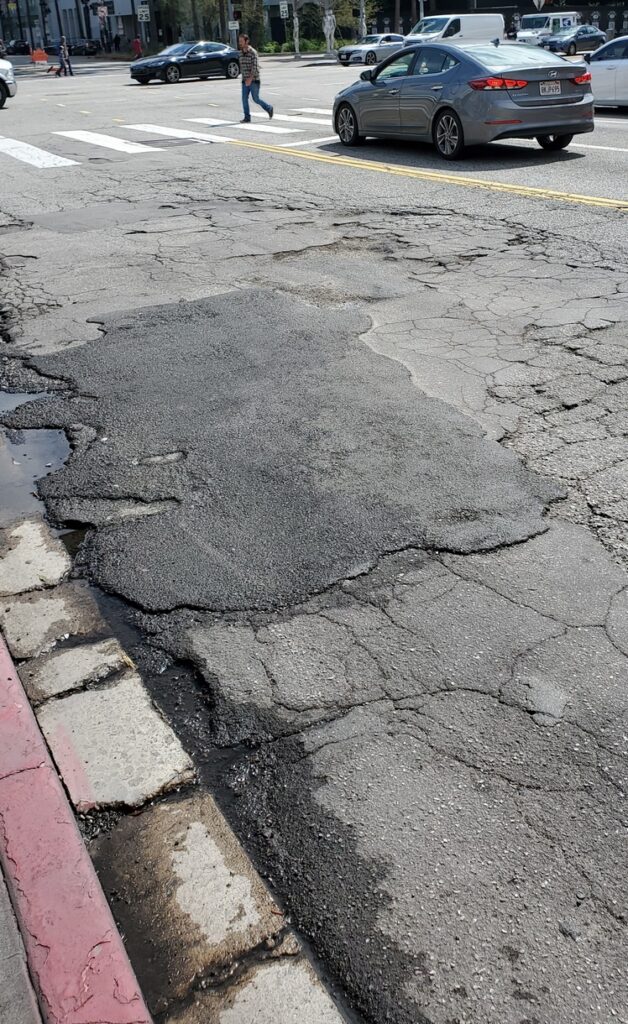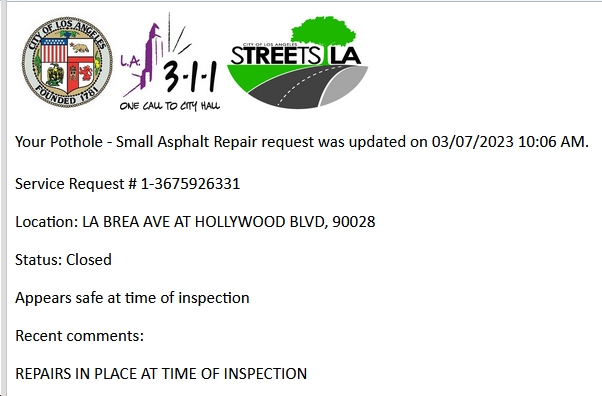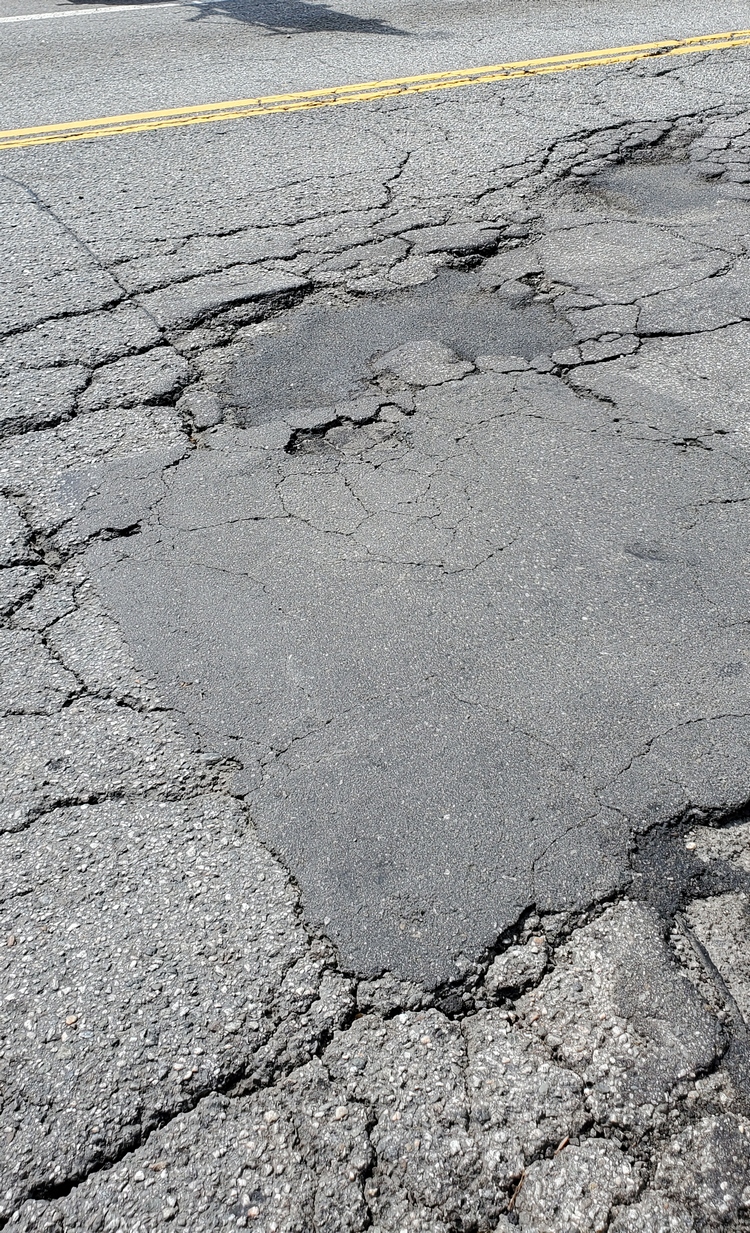This just in from Los Angeles Patch
CA Potholes Are Among Country’s Worst, New Analysis Shows
Two California cities were in the top five for worst potholes, and the series of storms pounding the state hasn’t helped the problem.
Dodging potholes could become a sport in California, which ranks sixth in the country for axle-jarring craters, according to a new analysis of Google searches for pothole-related terms from USA Today.
Los Angeles ranks second nationally for potholes, according to the analysis. San Francisco is fifth, Sacramento is 13th and Fresno is 43rd.
Potholes are formed when the top layer of pavement and the sub-base beneath can no longer support the weight of traffic. Small cracks expand over time, allowing water to seep in. Hitting a pothole can result in expensive repairs that insurance won’t always cover.
USA Today based its analysis on Google Trends data from 2020 to 2023 for terms such as “pothole,” “potholes,” “pothole repair,” “pothole damage” and “pothole complaint.” Each term was given a search index number, which was then used to generate composite scores for cities and states.
In 2022, about 44 million drivers paid an average of $460 each last year to have their vehicles repaired after hitting potholes, according to recent AAA data. The number of pothole-related repairs to vehicles shot up about 57 percent between 2021 and 2022, the data shows.
Find out what’s happening in Los Angeleswith free, real-time updates from Patch.
The same drivers had an average of two pothole-related repairs, leading AAA to conclude that “America’s roadways need immediate attention” and repairs should be a priority for local government officials and transportation departments.
AAA advised drivers to scan the road ahead to reduce the likelihood of hitting a pothole and be aware that standing water may disguise a large crater. Dive through it slowly if you can’t avoid it. With any pothole, reduce your speed safely and avoid braking abruptly, particularly as you go over the pothole. Hitting a pothole at higher speeds increases the likelihood of knocking the wheels out of alignment, which can affect the steering, or even bend or break the suspension components.
After hitting a pothole, watch for changes in how the vehicle handles, excessive vibration and uneven wear on tires, which could indicate problems with the suspension requiring an alignment or shocks, according to AAA.
Among cities, with warmer climates, Los Angeles ranked second behind New York City and just ahead of Minneapolis in pothole-related searches. Nashville and San Francisco also ranked high.
According to the analysis, Washington, Minnesota and Michigan with freeze-thaw cycles have the distinction of having the most pothole problems. There were exceptions. Among states with warmer climates, Tennessee, California and Georgia were in the top 10.
Read the full report from USA Today.






























